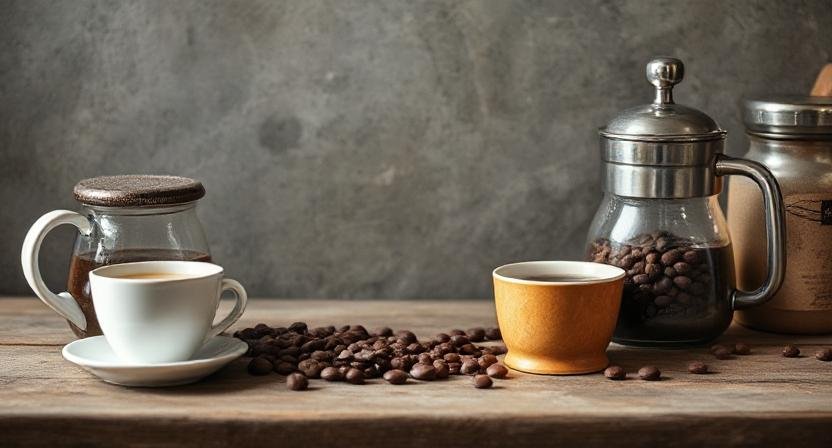Whether you’re pulling a rich espresso shot at home or brewing a crisp cold brew to beat the summer heat, the coffee beans you choose can make or break your cup. In 2025, coffee lovers are leaning toward ethically sourced beans, roast transparency, and flavors that pop—whether served hot or over ice. As someone who’s brewed coffee at home for years and sampled everything from budget supermarket beans to boutique micro-roasts, I’ve narrowed down a list of the best coffee beans of 2025, including top picks for espresso and cold brew. These selections are based on flavor profiles, roast quality, origin, and user reviews—and they’re perfect for anyone who takes their coffee seriously.
Best Coffee Beans for Espresso (2025)
Looking for the perfect espresso? Here are some of the top-rated coffee beans known for rich crema, bold flavor, and balanced acidity:
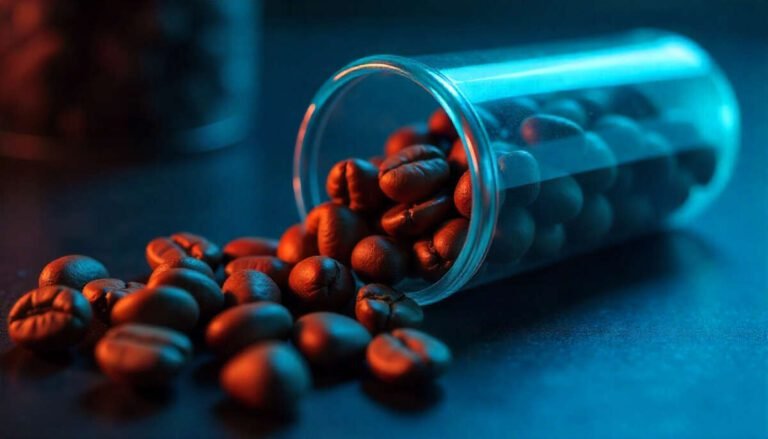
Origin: Latin America, Africa, and Indonesia
Roast: Medium-Dark
Flavor Notes: Dark chocolate, cherry, toffee
Best For: Espresso, moka pot, Aeropress
Why It’s Great: Balanced acidity and bold crema
- Stumptown’s flagship blend remains a cult favorite in 2025 for a reason—it’s versatile, rich, and delivers a balanced espresso shot with great body. If you want café-level espresso at home, this is a strong choice.
- Buy from Stumptown Coffee Roasters
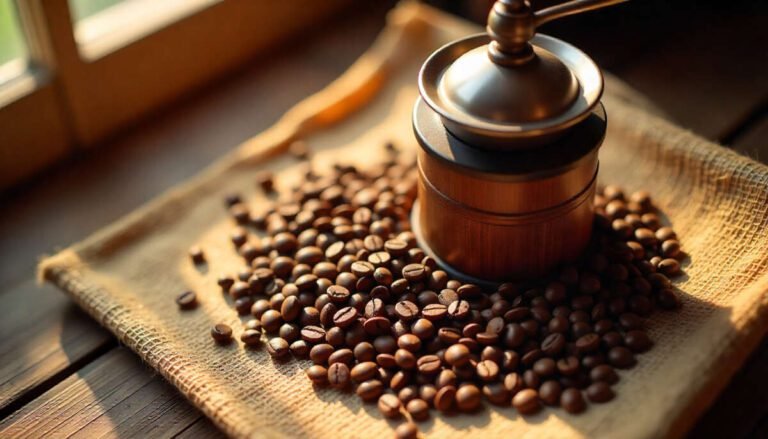
Origin: Central & South America, India, Indonesia
Roast: Medium
Flavor Notes: Honey, almonds, dried fruit
Best For: Semi-automatic espresso machines
Why It’s Great: Affordable and consistent crema
- Lavazza is a timeless Italian brand, and Super Crema is their sweet spot for home espresso users. It’s forgiving for beginners and produces smooth shots with a mellow sweetness.
- Check price on Amazon
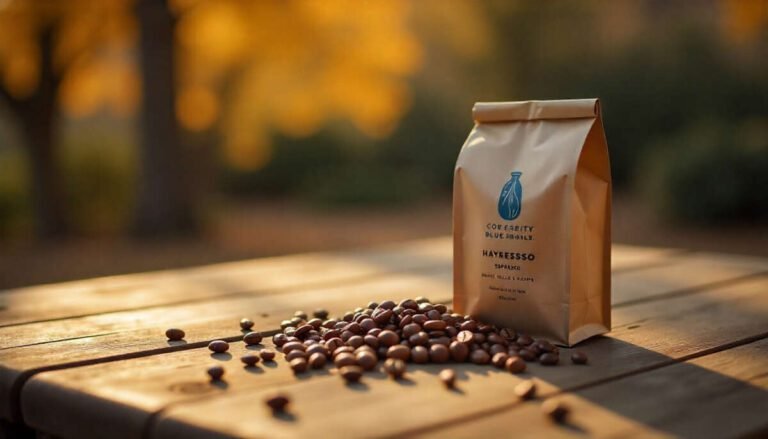
Origin: Blend of Latin American beans
Roast: Dark
Flavor Notes: Molasses, cocoa, toasted sugar
Best For: Espresso machines, strong milk drinks
Why It’s Great: Syrupy and bold for lattes or straight shots
- Blue Bottle is a staple among third-wave coffee enthusiasts. Hayes Valley is roasted specifically for espresso, offering bold, chocolatey shots that stand up beautifully to milk.
- Explore it on Blue Bottle’s website
Best Coffee Beans for Cold Brew (2025)
Looking for the perfect beans for your cold brew? Our 2025 list features the best coffee beans that deliver bold, smooth, and low-acidity flavor ideal for refreshing cold brews.
1. Stone Street Cold Brew Reserve
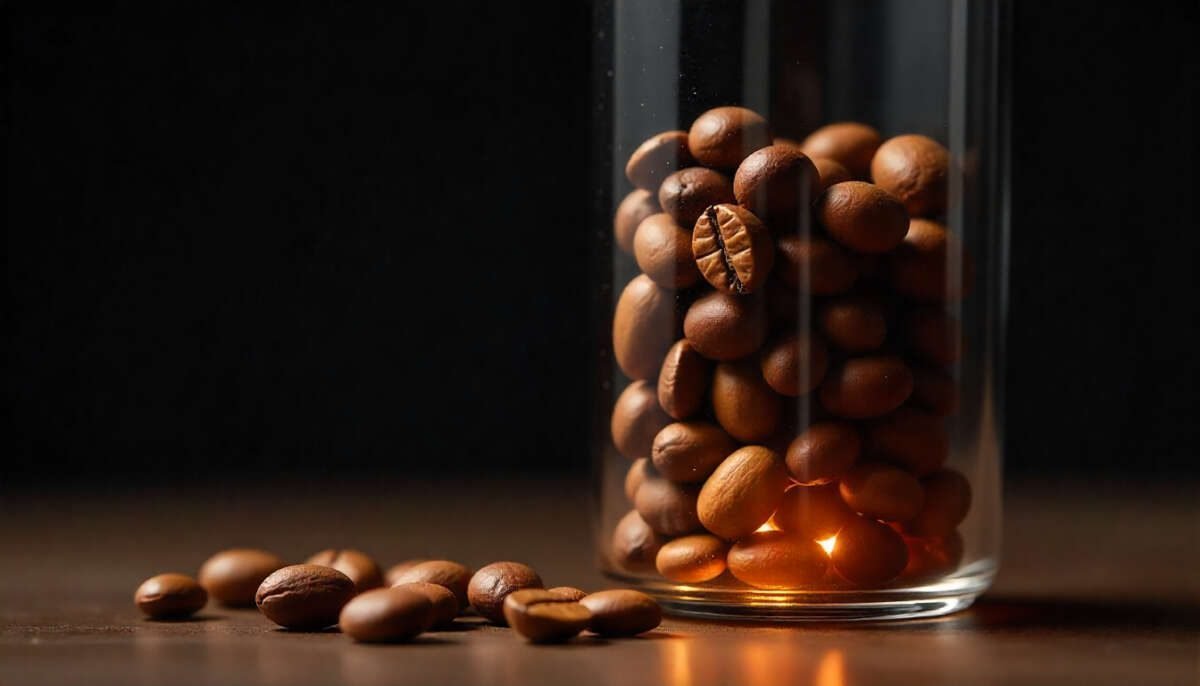
Origin: Colombian single origin
Roast: Dark
Flavor Notes: Chocolate, caramel, low acidity
Best For: Immersion cold brew (Mason jar or Toddy)
Why It’s Great: Smooth, bold, and specifically roasted for cold brew
- Cold brew thrives on low acidity and rich, chocolaty tones—and Stone Street nails that. It’s coarse ground, too, if you want to skip grinding.
2. Lifeboost Coffee Medium Roast
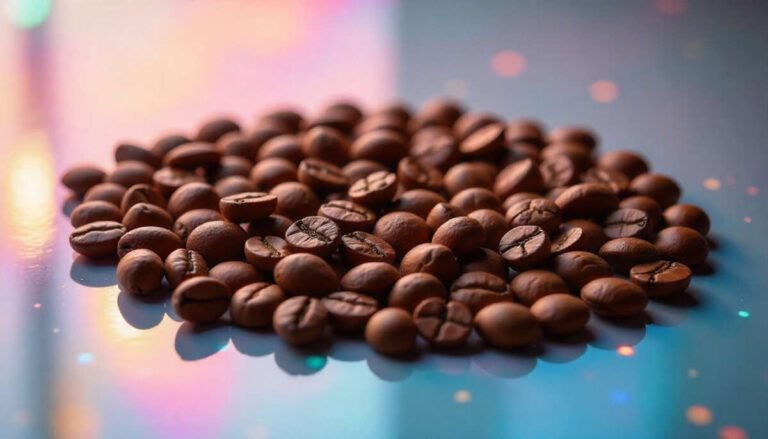
Origin: Nicaragua (Single Estate, Shade-Grown)
Roast: Medium
Flavor Notes: Sweet cocoa, smooth finish
Best For: Cold brew and French press
Why It’s Great: Organic, low-acid, and mold-free tested
- Lifeboost has built a strong reputation in 2025 for being one of the cleanest, healthiest coffees on the market. Their medium roast shines when steeped cold and yields a naturally sweet brew without any harsh bitterness.
- View on Lifeboost’s official website
3. Bizzy Organic Cold Brew Coffee
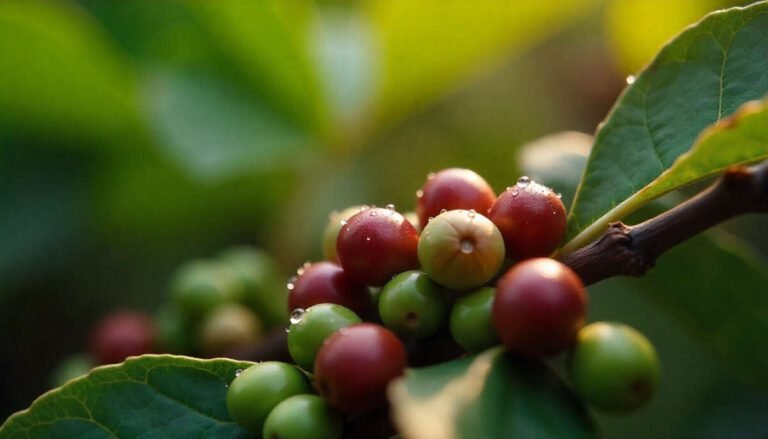
Origin: Guatemala, Peru, Nicaragua
Roast: Medium
Flavor Notes: Smooth, sweet, and balanced
Best For: Grab-and-go or bulk brewing
Why It’s Great: Already coarse ground & budget-friendly
- Bizzy’s pre-ground organic beans are a favorite among cold brew beginners. They’re consistent, easy to work with, and taste great straight or with milk.
- Buy on Amazon
How to Choose the Best Coffee Beans in 2025
When picking beans for espresso or cold brew, consider:
Roast Level: Darker roasts for cold brew and espresso, medium for balance.
Grind Type: Whole beans give you control, but cold brew may work better with coarse pre-ground beans.
Origin & Ethical Sourcing: Look for Fair Trade, organic, or shade-grown certifications.
Freshness: Buy small batches and check roast dates, especially for espresso.
Storage: Keep beans in an airtight, light-proof container—not the fridge.
Tips for Brewing
For Espresso:
Use a burr grinder for uniformity.
Stick to a 1:2 ratio (e.g., 18g in, 36g out in 25-30 seconds).
Clean your portafilter and machine daily to preserve flavor.
For Cold Brew:
Use a 1:4 ratio (e.g., 1 cup coffee to 4 cups water).
Steep 12–24 hours in the fridge.
Dilute with water, milk, or oat milk when serving.
Final Thoughts
The right coffee bean can completely transform your daily ritual. In 2025, quality, freshness, and ethical sourcing matter more than ever. Whether you’re seeking velvety espresso shots or refreshing cold brew, these beans deliver barista-level results at home.
Did you find your favorite bean on this list? Share it or drop your own recommendations in the comments—I love discovering new roasts!
Frequently Asked Questions (FAQ)
Q: What grind size is best for cold brew?
A: Use a coarse grind—similar to raw sugar—for optimal extraction and smoother taste.
Q: Can I use espresso beans for cold brew?
A: Yes, though beans labeled “espresso” are often roasted darker. Just make sure to grind them coarsely for cold brew.
Q: How long do coffee beans stay fresh?
A: Whole beans are best used within 2–3 weeks after roast date if stored properly.


